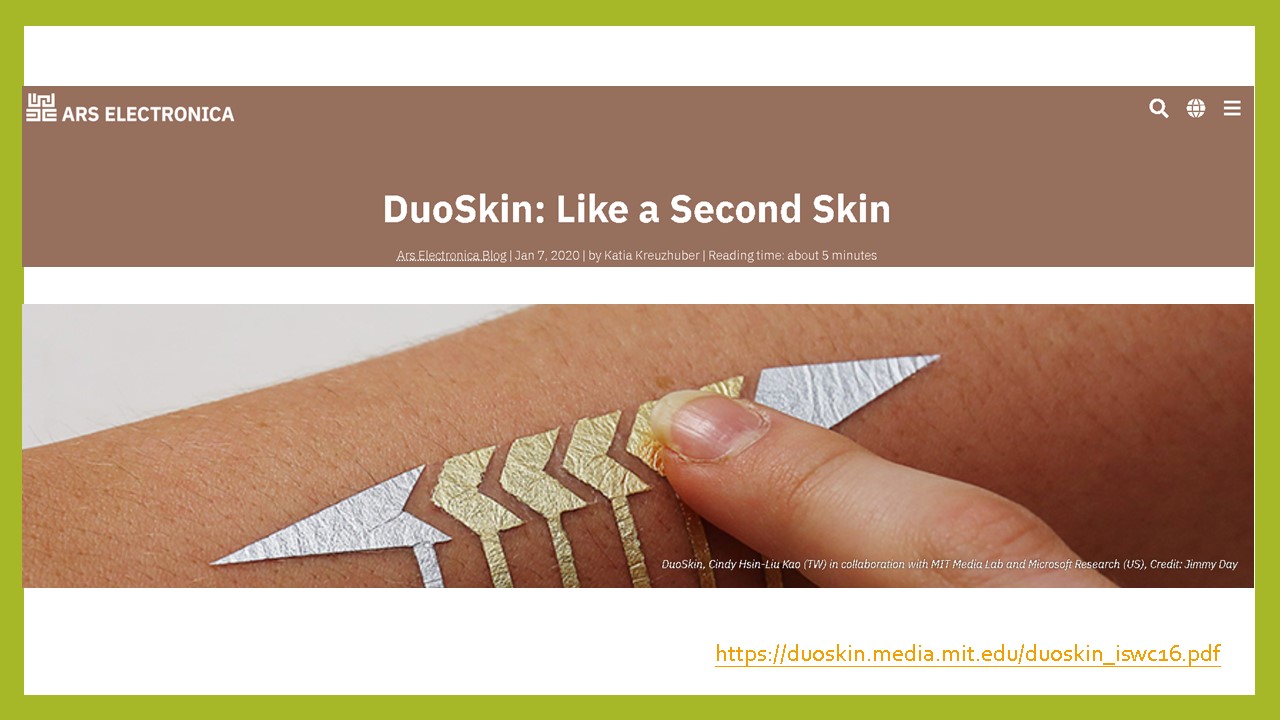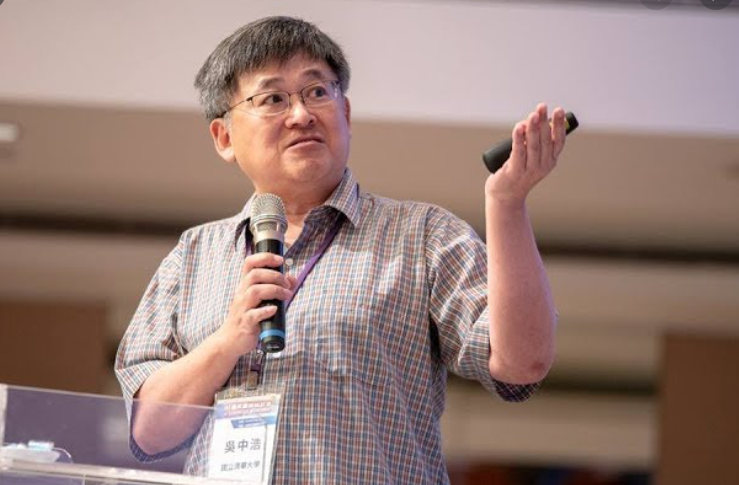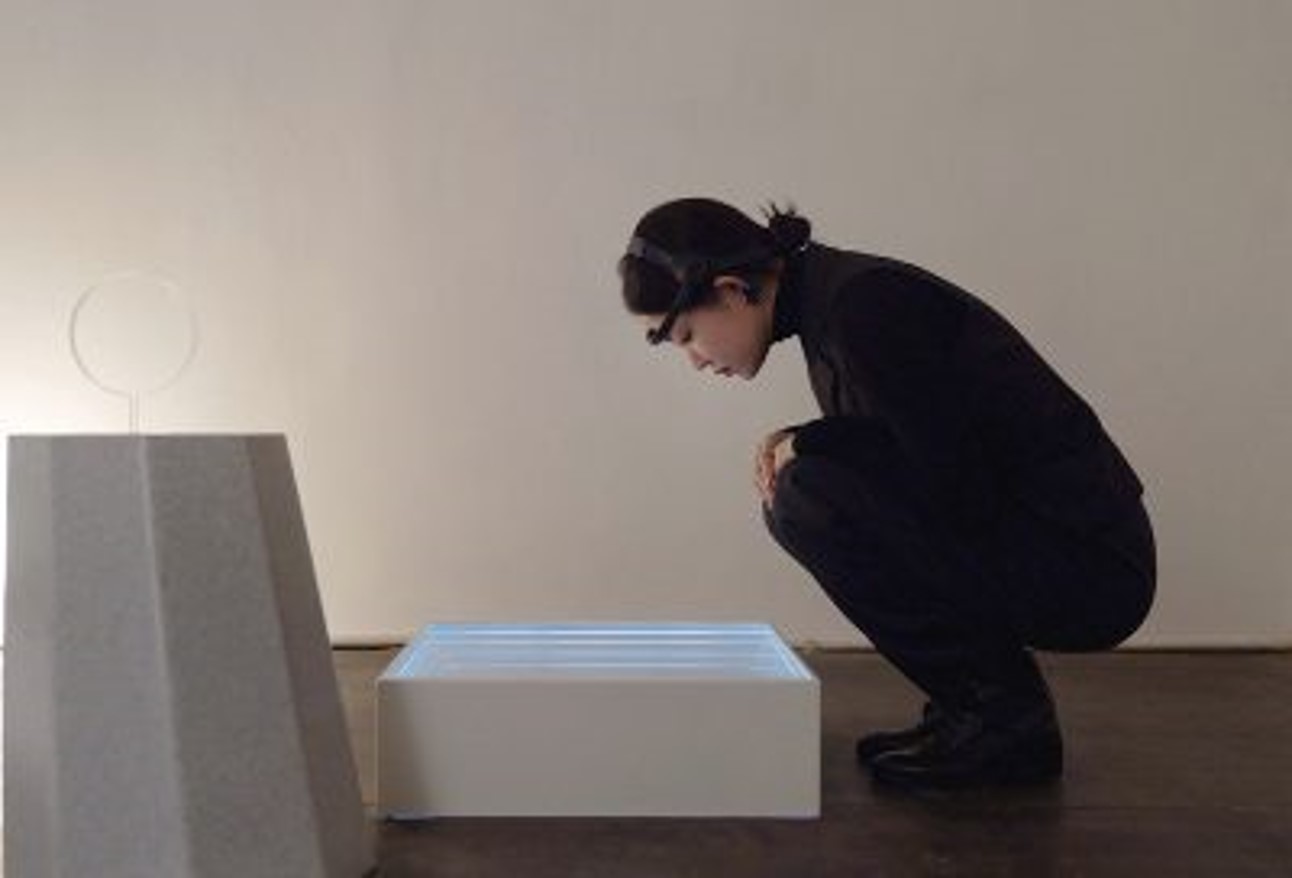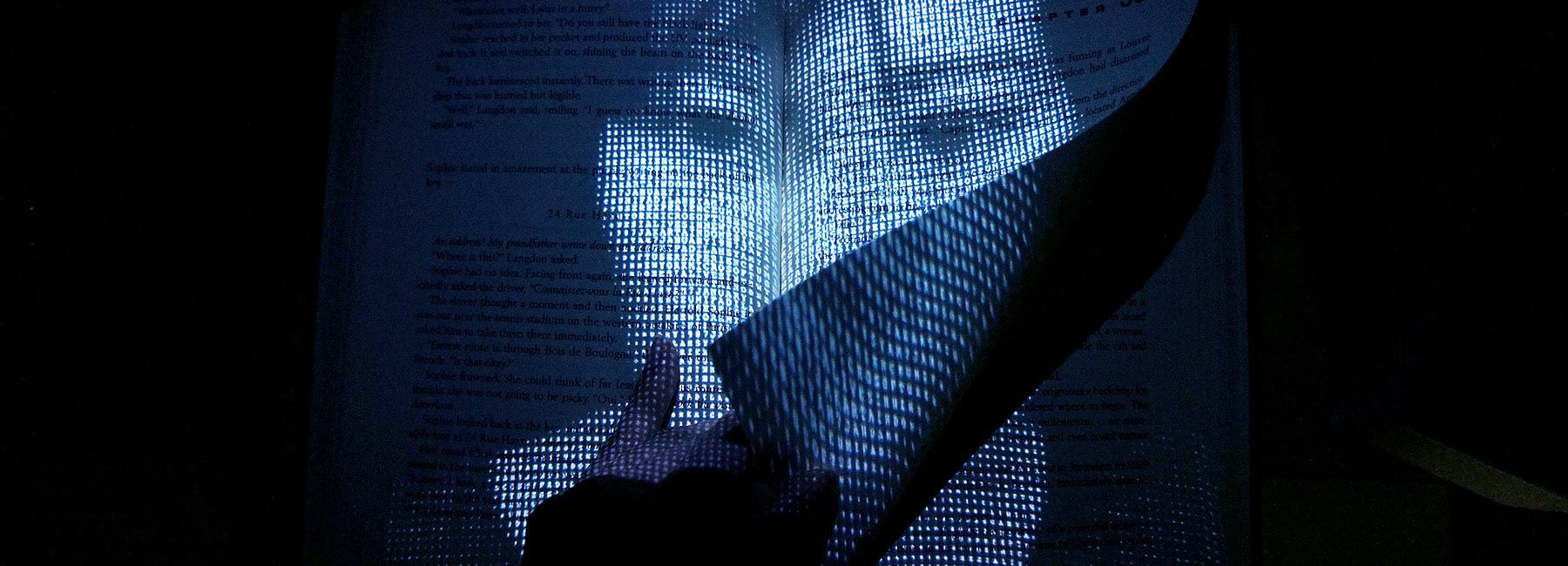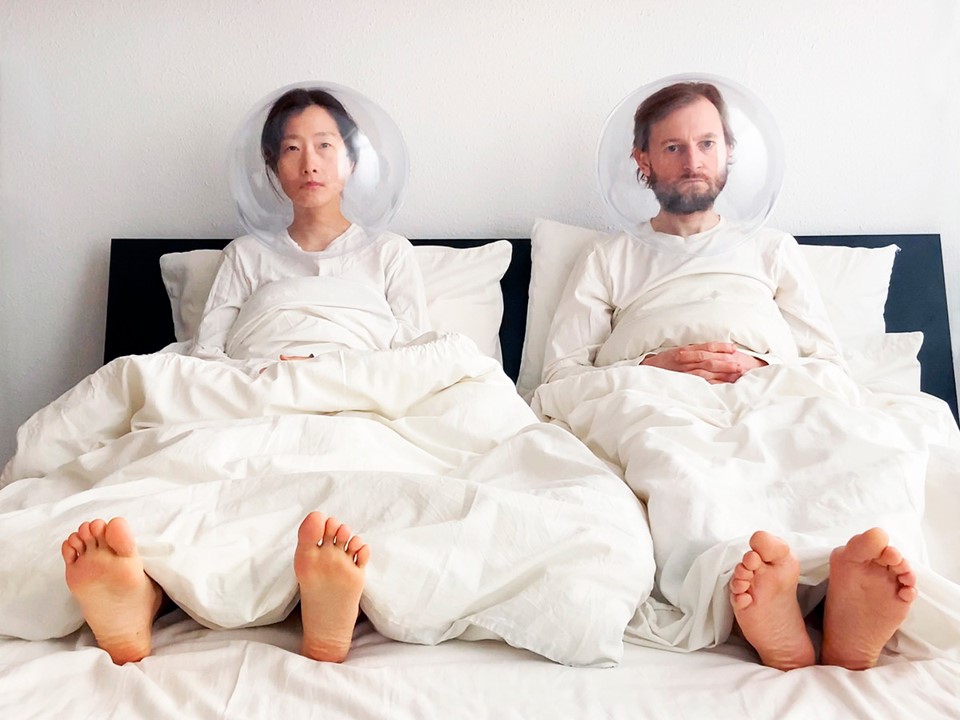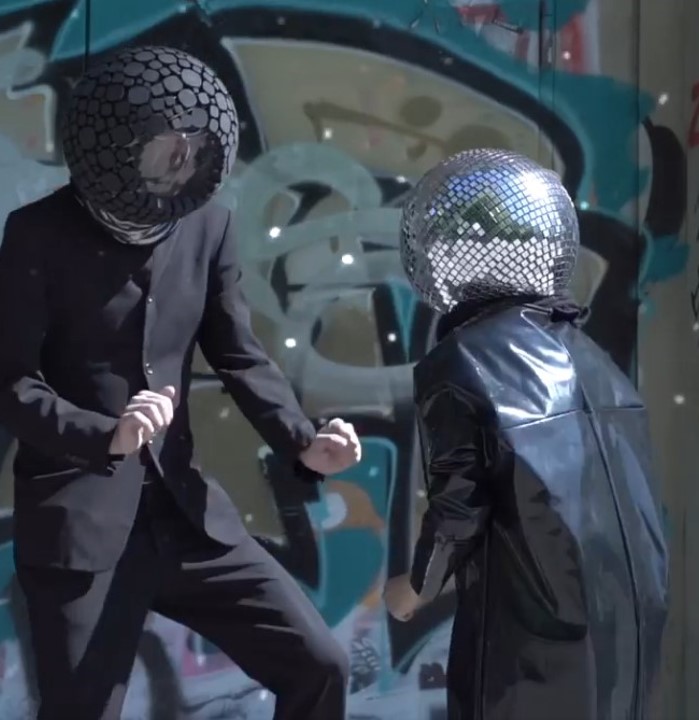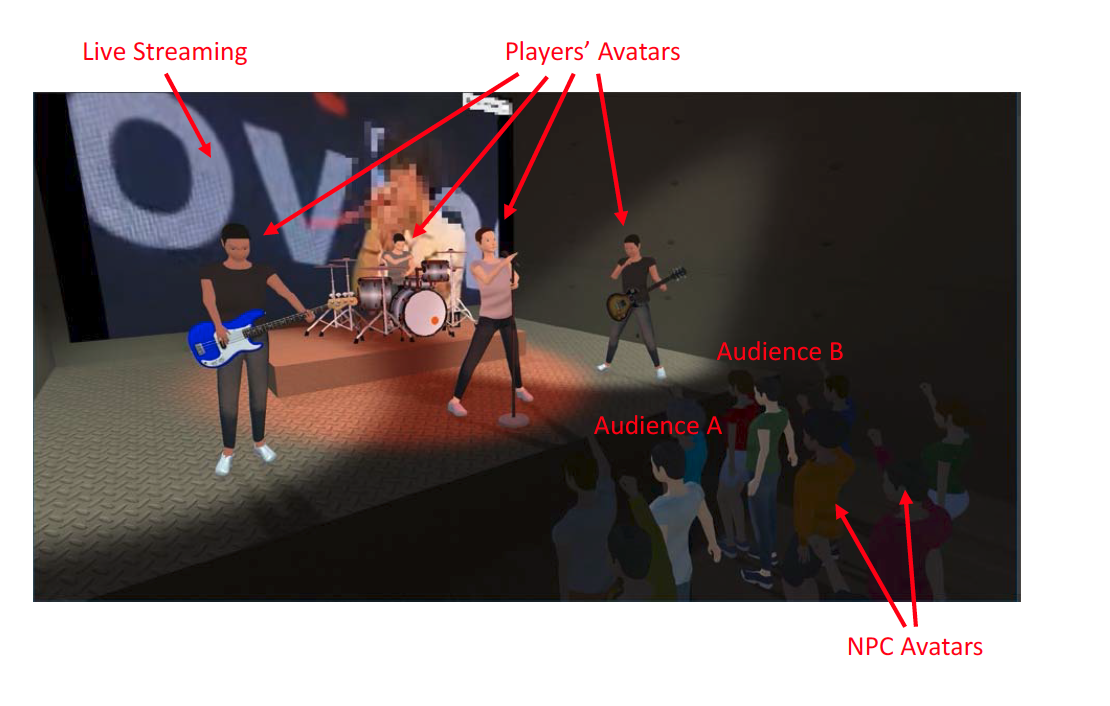報告者:林士智
報告PPT:WEARABLE
文獻題目: Smart wearable devices in cardiovascular care: where we are and how to move forward
文獻作者:Karim Bayoumy, Mohammed Gaber, Abdallah Elshafeey, Omar Mhaimeed, Elizabeth H. Dineen, Francoise A. Marvel, Seth S. Martin, Evan D. Muse, Mintu P. Turakhia, Khaldoun G. Tarakji & Mohamed B. Elshazly
文獻來源: nature review
原文摘要:
Technological innovations reach deeply into our daily lives and an emerging trend supports the use of commercial smart wearable devices to manage health. In the era of remote, decentralized and increasingly personalized patient care, catalysed by the COVID-19 pandemic, the cardiovascular community must familiarize itself with the wearable technologies on the market and their wide range of clinical applications. In this Review, we highlight the basic engineering principles of common wearable sensors and where they can be error-prone. We also examine the role of these devices in the remote screening and diagnosis of common cardiovascular diseases, such as arrhythmias, and in the management of patients with established cardiovascular conditions, for example, heart failure. To date, challenges such as device accuracy, clinical validity, a lack of standardized regulatory policies and concerns for patient privacy are still hindering the widespread adoption of smart wearable technologies in clinical practice. We present several recommendations to navigate these challenges and propose a simple and practical ‘ABCD’ guide for clinicians, personalized to their specific practice needs, to accelerate the integration of these devices into the clinical workflow for optimal patient care.
中文摘要:
技術創新深入到我們的日常生活和新興趨勢,支持使用商業智慧穿戴設備來管理健康。在COVID-19大流行的催化下,在遠端、分散和日益個性化的患者護理時代,心血管病患者必須開始熟悉市場上的可穿戴技術及其廣泛的臨床應用。在這篇評論中,我們重點介紹了現行可穿戴傳感器的基本工程原理以及其容易出錯的地方。還檢查了這些設備在遠端篩檢和診斷常見的心血管疾病(如心律不整)以及在已知的心血管疾病(例如心力衰竭)患者的管理上發揮作用。迄今為止,諸如設備準確性、臨床有效性、缺乏標準化的監管政策,以及對患者隱私的擔憂等挑戰,至今仍然阻礙了智慧穿戴技術在臨床實物上的廣泛採用。此篇提出了一些應對這些挑戰的建議,並為臨床醫生提供了一個簡單實用的“ ABCD”指南,根據他們的特定實務需求進行個人化設置,以加速將這些設備整合到臨床實務工作流程中,來實現最佳的患者護理。


